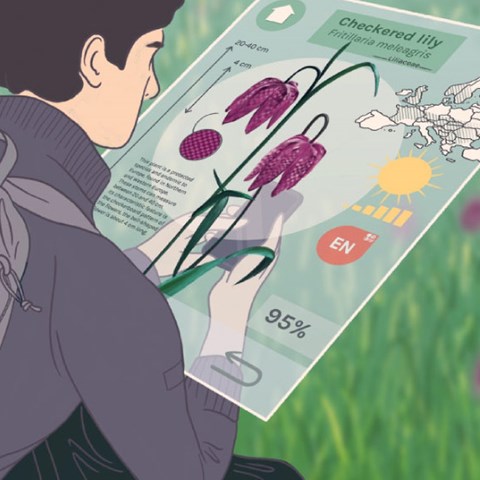The number of species identification apps and their downloads have increased markedly since 2020. Thanks to advances in AI, these apps have also become much better at recognizing species.
"AI-based technology has truly taken off! The first apps appeared in 2013, and now there are many and they are well used. We identified in our study that together there were over 200 million downloads, so there are a lot of people interested," says Minh-Xuan Truong, a researcher at SLU.
The researchers systematically searched app stores and online platforms to find all relevant apps, the species groups they cover, and how they are used and appraised.
An interesting distinction is between free, academically driven apps, often designed for citizen science, and paid apps. Free apps emphasise the collection of species information and community of users. Commercial apps focus on individual use and learning, with companies prioritising the collection of personal data for marketing. As a consequence, paid apps received a lot of negative comments, unlike free apps. Probably because when you pay for something your expectations are different.
"That species identification apps basically separated out as paid versus free app was an unexpected but important discovery. However, both types of apps effectively facilitate species identification and can promote user engagement with nature. Even though they have fundamentally different goals and users, free and paid apps also influence each other's development, in myriad ways," says René van der Wal, a professor of citizen science at SLU.
Free apps contribute to global biodiversity databases and biodiversity research, while paid apps reach a broader audience, potentially increasing environmental awareness in society.
"The companies developing paid apps sit on enormous amounts of biodiversity data that are not accessible to, for example, nature conservation or public authorities. We see benefit in partnerships between citizen science programmes and big tech companies, but at what cost? Will those companies really make biodiversity data or rather focus on social data to serve their business interests?” says René van der Wal.
Other interesting discoveries were that there are many small apps that have had very few downloads (< 5000) and that most apps focus on plants. In fact, a handful of the available apps accounted for half of the downloads.
What next?
"Now that automated species recognition apps are there, and already widely used, we need to focus our attention to what they really do with their users, including what kind of relationships they shape with the nature around us,” says Minh-Xuan Truong.
Read more
Exploring the landscape of automated species identification apps: Development, promise, and user appraisal, BioScience, Minh-Xuan A Truong, René Van der Wal
